Updated on June 12, 2025
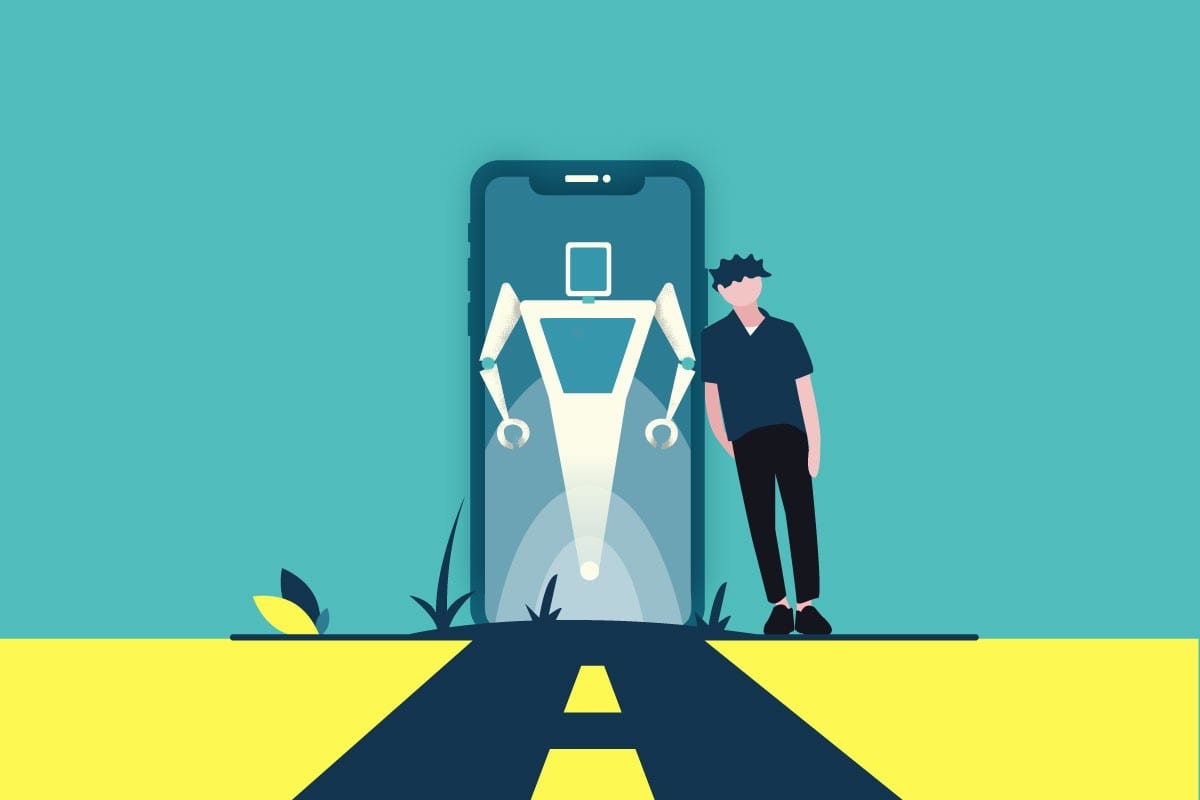
Chatbots are not human, but they do think and respond like one. This has led chatbots to grow bigger in recent times into a platform for information exchange right after voice. Given that live chat with chatbots provides almost 73% customer satisfaction, it is not surprising that in 2025, almost 85% of customer interactions will happen with chatbots.
The credit goes to the unprecedented advances in Artificial Intelligence (AI) and Natural Language Processing (NLP) capabilities. Machine learning code is now highly developed to understand human queries like a human. The best part is that the code keeps learning from every conversation it has with humans and automatically expands its skills to handle future conversations. Doesn’t that sound like what an actual human would do?
This capability of learning and automatically growing its skills has made chatbots one of the mediums for businesses to communicate with their customers. Having said that, let’s first look at what makes chatbots this popular among businesses (And customers). Then we will look into how chatbots are turning tables with amazing customer support experiences.
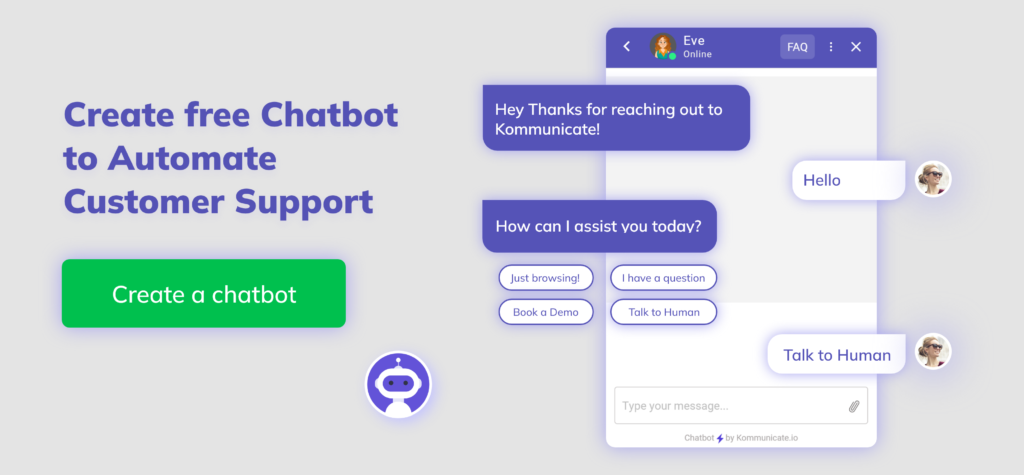
Launch Your Own AI Chatbot Without Sign upWhy are Chatbots Becoming So Popular?
The smartphone-addicted generation loves to chat. With Messengers gaining popularity among the masses, businesses are doing everything to turn their conversations into instant messaging. In fact, chatbot integration into messengers is stirring up positive customer experience for various companies. This is surely setting up the path for all messenger platforms to come up with APIs that will allow chatbot integrations.
For instance, Facebook Messenger picked up the ‘trend of chatting’ pretty quickly and developed Bot API, which has enabled multiple businesses to interact with their customers over Messenger, real-time using their own bot. U.S.’s most celebrated publications, The Wall Street Journal, is one platform that has created its own Facebook Messenger Bot to allow users to get breaking news delivered into their Facebook accounts.

Chatbots have emerged almost to supersede their human counterparts. Here are the reasons why –
- Chatbots do not have human bias
- These are text-based, making it futuristic
- Captures analytics automatically
Let’s go over what these mean –
Chatbots Do Not have Human Bias
Machines are not humans. Thus their learning is not like humans. Yes, humans learn with assistance, but there is a bias-quotient always involved with a human. Chatbots are machines that learn from training guides. Unlike humans, bots do not have any independent thinking or judgment, which can impact their thinking capabilities.
Chatbots are Text-Based, Making It Futuristic
What could you ask more than a cozy text chat with a conversational acumen of a human? Obviously, this is far better than having to dial a number, waiting for a customer representative to pick it up, and wait for your turn while endless music plays! And the worst part? The music is followed by another automated pre-fed reply. Just no.
Chatbots are Capable to Capture Analytics Automatically
Lastly, when a chatbot is answering your customers’ queries, you can program it to create triggers that will capture events like the customer’s reaction to the product or feature. Chatbots can be programmed to do sentiment analysis, which it can use to A/B test the results and take evaluation to the next level.
How are Chatbots Improving Customer Experience?
Chatbots are evolving in the face of communications for businesses. Not just on Messengers, chatbots on websites and landing pages are helping businesses capture leads and nurture them with relevant information. An integrated chatbot is solving multiple problems, thereby creating a positive customer experience. In fact, chatbots are often the reason that visitors return to the same platform and ultimately get converted into potential buyers.
Lead Information Capturing and Nurturing
The first is, of course, lead generation, and conversion. It can be assumed that a new visitor is looking for some sort of information relevant to your business on its first visit to your website. Most websites have automatic chatbots popping up asking ‘how can I help.’ Something like you see on Aritic.com :

This encourages visitors to ask questions and get quick answers, while capturing basic information like name, email, and phone number. Additionally, customer service email automation helps businesses respond to common inquiries and support tickets efficiently, ensuring timely assistance even outside regular hours. Along with this, information like page URL is also noted from where the visitor opted to start a chat.
Many businesses sync Facebook Messenger with their automation campaigns. This means they use Facebook custom audience sync to show relevant ads to a target group and encourage this group to start a Messenger conversation. Once they do so, these leads are synced into the automation tool as Facebook leads. Depending on how the conversations proceed and if the leads give away their email addresses, these leads are now segmented for email automation campaigns.
This is one major way of businesses to capture lead information and trigger automation campaigns to nurture them further into the marketing funnel. Here, chatbots are the first touch point from where the conversion flow begins.
Resolving Customer Queries
Not all customers always have a smooth run. When a customer is facing some trouble, he/she automatically wants an instant solution. Especially when issues like payment glitch or membership issues crop up, they can’t wait to dial a number, follow automated instructions, and then wait for an eternity for their turn to come up.
Chatbots are the easiest solution here. A customer opts to chat with a chatbot immediately after detecting the problem. This is because they expect a quick solution, and chatbots are hell quick. Also, they are no-nonsense bots so they’d get to the point almost immediately.
Most businesses are aware of the frequent issues a customer can face based on customer feedback. So, they keep documents and information fed into the bots to resolve such issues immediately.
For instance, Netflix has a ‘Start Live Chat’ on its Help Center page to ‘help.’ If you click on the button, it does not kick start a chat immediately. It will first show you some options that may relate to your issue. If ‘none of the above’ is the right option for you, that’s when you can start chatting.

Helping Customers Make Payments
Chatbots offering information is one kind of relationship building. But when chatbots help you in making transactions error-free and smoothly, that’s worth talking about. Paypal, one of the biggest transaction portal, launched its own chatbot for Slack, and it isn’t anything shorter than wow.
Apparently, with this integration, team members on Slack can send and receive money in a snap (and securely). A payment service on chatbot interface promises smooth experience and saves time too. Check out the video of Paypal’s bot for Slack.
Despite all the positivity and awesomeness chatbots are adding to doing businesses, often counter questions pop-up.
Can this kind of Interaction Cause a Negative Impact on How we Interact? What Exactly Happens Inside the Human Brain When Talking to a Chatbot?
Human brains are complex in structure, but its inherent tendency is to opt for something that is simple rather than going for complex situations. This tendency of the human brain sits perfectly with computer interaction. Computer interaction does not require much cognitive effort. In fact, this has its base in minimal or constrained social cues.
Since chatbots are not remotely close to any human emotions and interpretation of non-verbal cues, the interaction is often straight and simpler. This syncs perfectly with the human brain, triggering the cognitive laziness. When we continue to interact with a chatbot repeatedly, it starts building a new model in our brains in another state of mind from which we interpret the social interactions.
On the flip side, when we talk to another human being, say your relative, we are often carried away by the desire to take part in a shared activity. The involvement quotient goes up, and we look for gratification at every step. The problem is, this happens on both ends.
On the contrary, with chatbots, the gratifications are derived from our own mental state. Here, to get information, you don’t have to be nice or invest anything or even be emotionally considerate. You just ask, and you get.
Alternatively, it can be defined as an illusion of friendship without demands that makes chatbots so popular among humans. So, now let’s see-
How is this No-Strings-Attached Relationship Creating a Major Impact on Customer Service?
It is imperative to state that chatbots are not taking over call centers in the near future (but you never know). At this juncture, chatbots are calmly replacing tasks that involve lower-level queries, complaints, and requests. These chatbots are intelligently designed to capture human frustrations and switch the interaction over to a human in the support team for further help.
Here are three ways how (or why) chatbots are creating a major impact on customer experience (Services).
(1) Convenient Customer Support
A chatbot never sleeps. It is available 24/7, making it convenient for customers to lodge their requests, ask questions, or post their complaints. The chatbot handles the initial conversation with all the relevant information it has stored in its database. However, if the chatbot’s sentiment analysis point towards upset, anger, or frustration, it is quick to transfer the chat to a human support person.
(2) Instant Support
The best thing about a chatbot is you get instant replies. Even if it means that the chatbot comes up with ‘thank you for your query. Someone from our support team will get back to you asap’. At least, you get a closure knowing that your problem has been noticed and noted.
For instance, Kommunciate’s chatbot replies to you in seconds of you selecting an option when you start a chat for the first time.
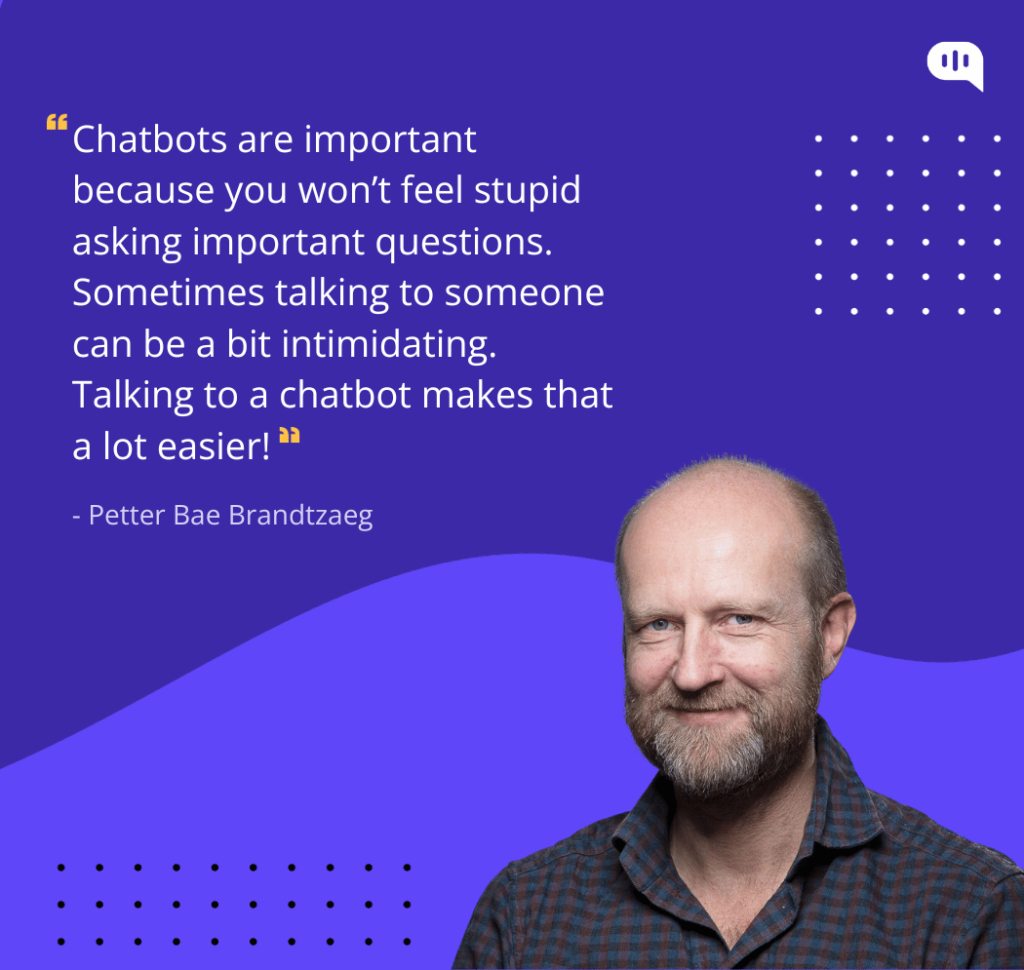
(3) Personalized Assistance and Relationship Building
Chatbots master the art of collecting customer information from support interactions. After all, it’s a computer working here. The advantage is, with personalized communications, a chatbot can drive more engagement for the business. Since company agents get lesser opportunities to make outbound and proactive contact with the customers, chatbots are an easy alternative here. Whether it is about a call or an email to wish a customer on his/her birthday, chatbots are scheduling and helping businesses build a warm relationship with their customers.
Conclusion
Customers hate friction when trying to interact with their choice of brands. And Chatbots are here to lessen this friction to a minimum. Even today there are many customers who prefer a traditional phone call with the customer support team personally. However, there is an emerging contingent of customers who are embracing technology with open arms, especially if this brings them closer to their brands. Are you using a chatbot for your business? What do your customers feel about your chatbot? Tell me in the comments below
This is a guest post by Pritha Bose.
Pritha Bose is the Senior Marketing Content Specialist at Aritic where she writes and edits for their marketing and sales blog. She is an avid reader and a social media enthusiast. On the flip side, Pritha thinks the whole world is an artificial simulation, and one fine day the skies will open up and she will see who controls it.
Subscribe here to get the good stuff — we solemnly swear to deliver top of the line, out of the box and super beneficial content to you once a week.
At Kommunicate, we are envisioning a world-beating customer support solution to empower the new era of customer support. We would love to have you on board to have a first-hand experience of Kommunicate. You can signup here and start delighting your customers right away.

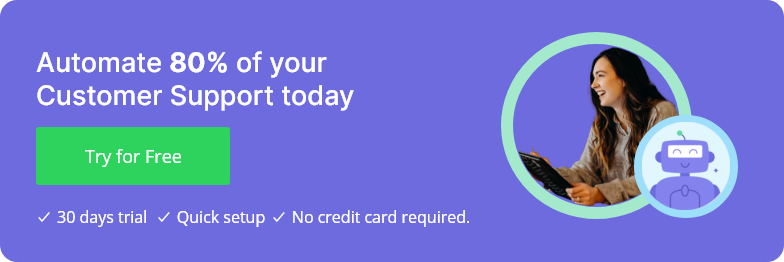
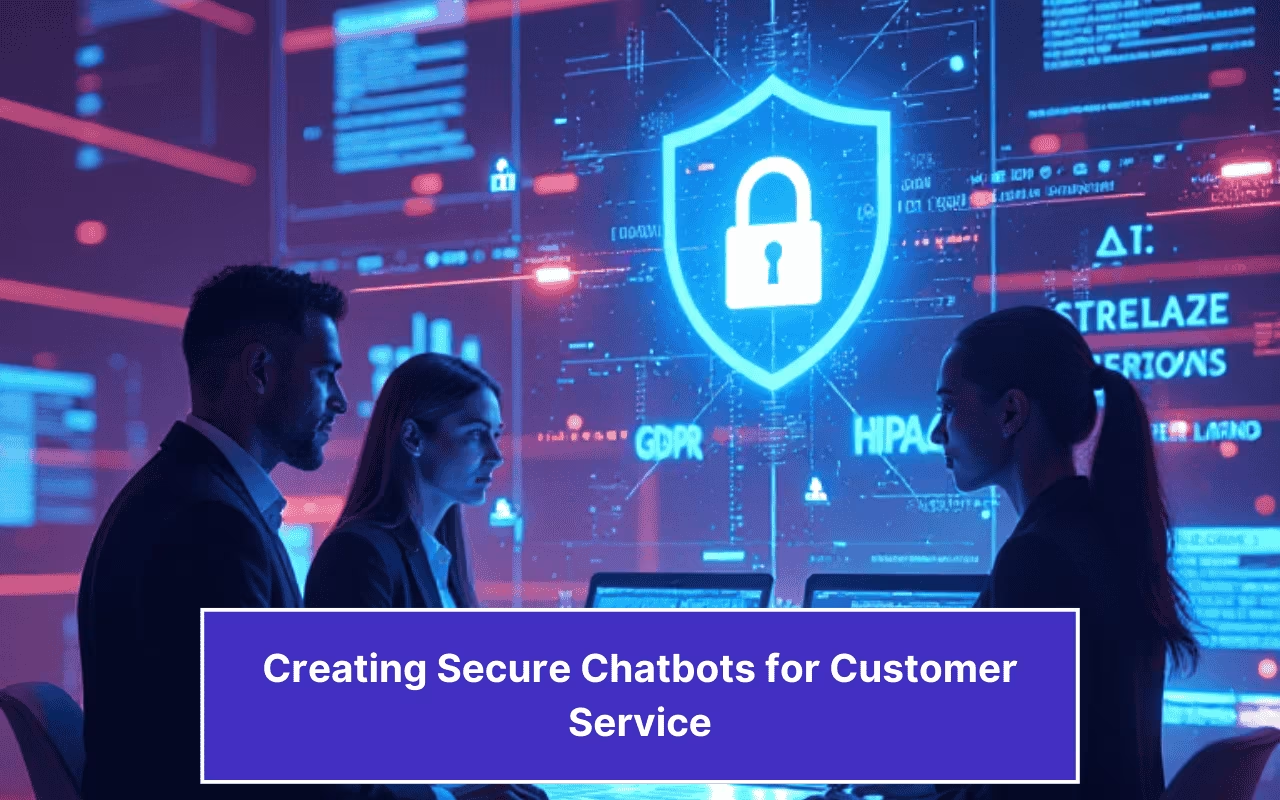
![What is Conversational Intelligence [Benefits + Features] cover image of conversational intelligence.](https://www.kommunicate.io/blog/wp-content/uploads/2025/04/Featured-Images-1-1-1.avif)

